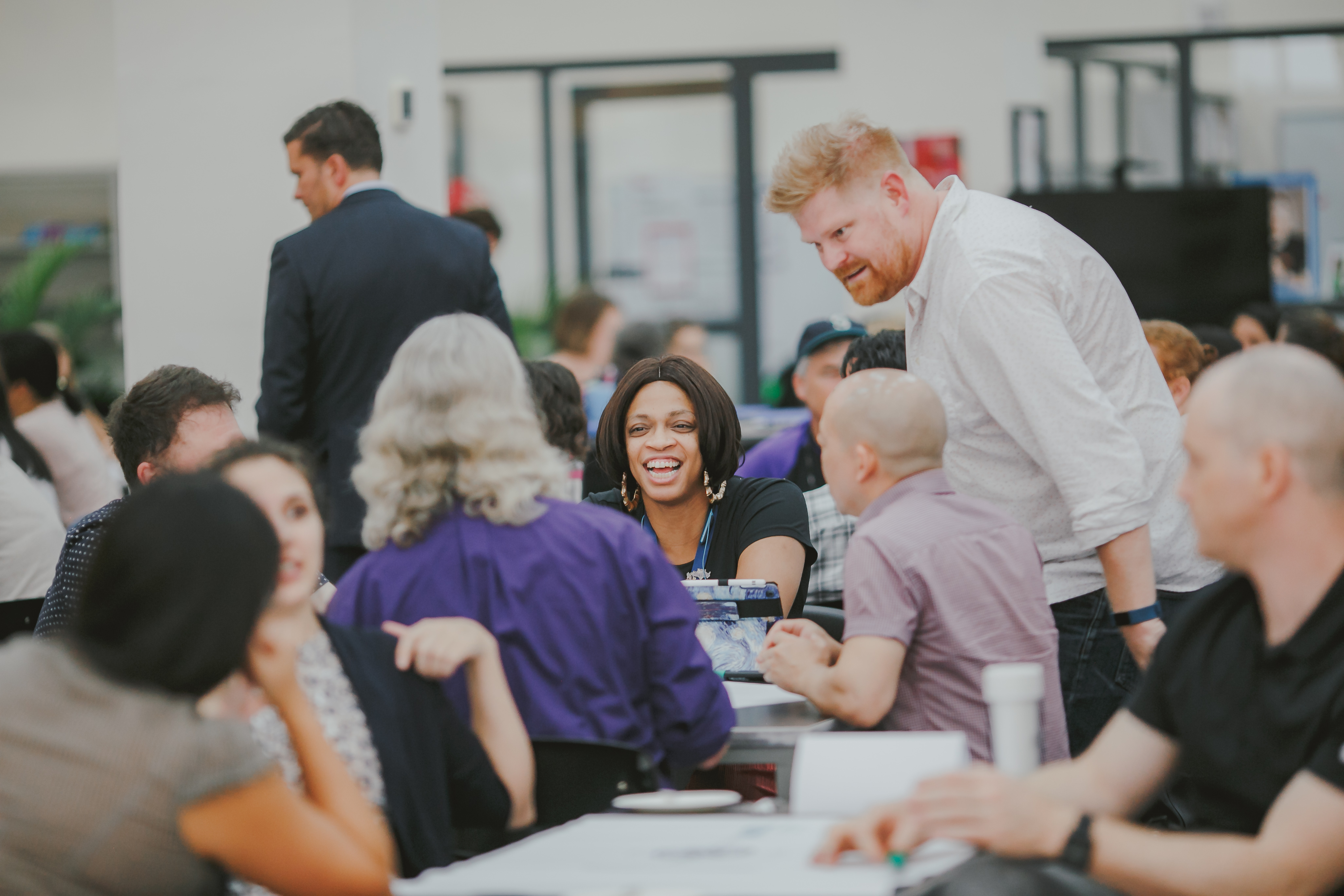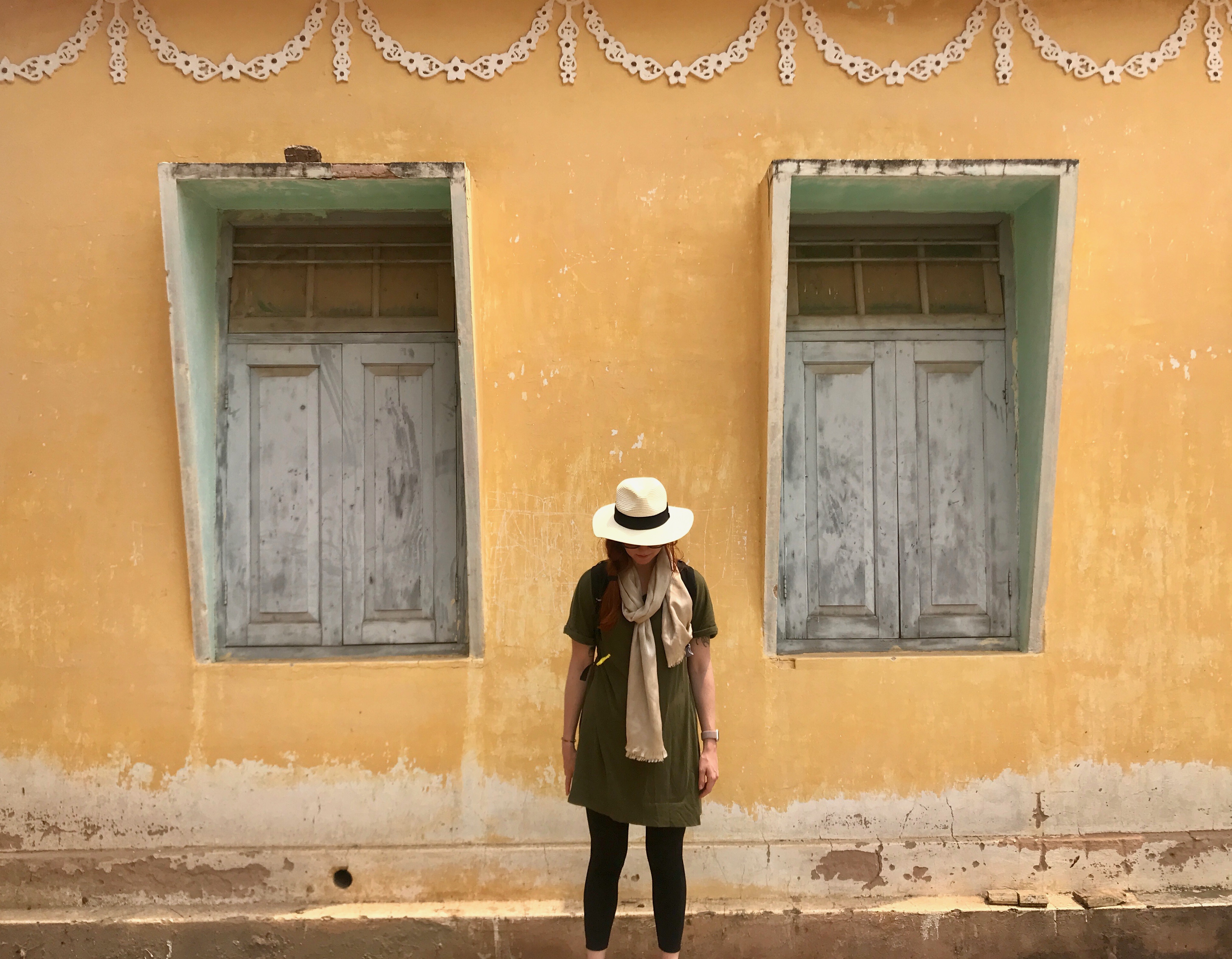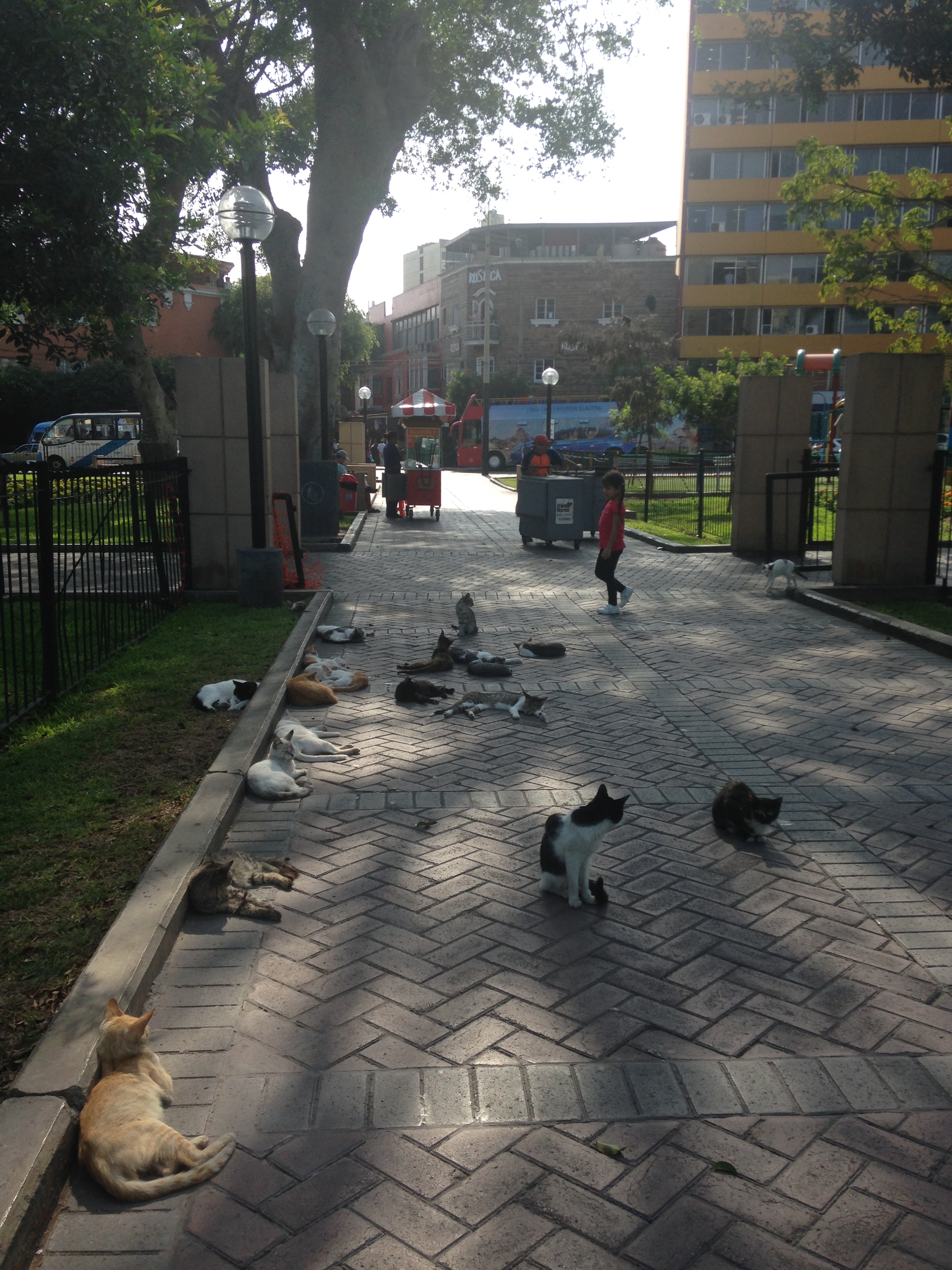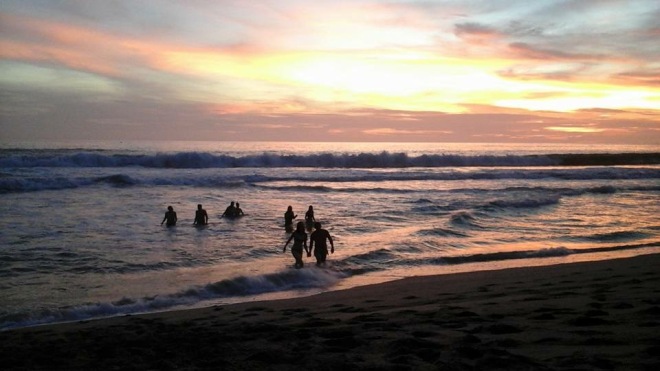As part of my learning journey with the Principal’s Training Center (PTC) I was honored to give a brief pearl of wisdom last night for our course, Creating Effective Schools. I chose to focus my pearl on my vision – and biases – of leadership and about how we all can lean into our particular skillsets in order to be effective leaders.
Lead when it’s needed, where it’s needed and do it as a team.
My pearl today is a story in two parts: my background and my current reality and how they influence my conception of leadership.
I grew up in a household that straddled two different structures: matriarchal on my mother’s side and patriarchal on my father’s side. In a gross over-simplification, I’ll describe a brief vignette of our family reunions or get togethers:
On Mom’s side the women were the dominant voices in the house: giving commands and advice, deciding on the order of events and the movement of people as they coordinated the day all while talking through the latest turn in politics or a mishap in a random cousin’s life. The men deferred to the women. Uncle Mike is known for saying, “Well, let’s see what the boss thinks.” Referring, of course, to my Aunt Margie.
Dad’s side looked like the traditional roles: women cooked the food and men discussed the news events of the day or they talked about family history. Decisions needed to go through them – any actions taken had to be approved through the man. For example, my father’s mother didn’t (and couldn’t) learn to drive until well into her fifties. Her domain was the house. His was the outside world. To step outside of those boundaries was not something one did.
Within my own household, my father was the one who had the answers to everything. I remember winning one discussion with him in my whole life. And mind you, it was a question of winning or losing discussions. If you needed the decision made or the answer to your concern, you went to my father. He knew everything and he commanded attention. He was, in a way, my hero.
To switch stories, because this is not just about my family.
When I was first hired at my current school, I was the youngest person on the admin by a good 15 years; something which maybe I noticed quite a bit more than my colleagues. I was hired on and told that I was now a leader. And to go lead.
Now, I’ve learned about imposter syndrome, deconstructed it with colleagues and friends. I’ve had mentorships and been mentored. I’ve gone to PD sessions where we discussed leadership and sat in on meetings where we evaluated and picked apart our skills as leaders. Heck, I’ve even run PD for our leaders on leadership! I’ve talked about pace-setting, coercion, affiliation leadership and democratic leadership.
And herein lies my cognitive dissonance: I know the variety of leadership styles. I’ve experienced a variety of styles. But in my heart of hearts, my gut instinct bias that I push back against each day, my first reaction when I hear of a leader is that they are someone like my father – the dominant, authoritative leader. When I think of myself as a leader, I instinctively push back against it because … I’m not like that. I don’t make sweeping declarations about what we’re going to! I’m not infallible! And thankfully, I don’t look much like my father.
Helen Caton-Hughes is a leadership coach and prolific researcher who studied distributive and contributive leadership especially with the military. She states that, “Traditional leadership came out of the military (…) Command. Control. Set the pace. Execute.” (Sounds a lot like my father.)
Now, this type of traditional leadership isn’t wrong or incorrect. And it doesn’t mean we need to scrap it; there might be times when we do need to rely on the authoritative figure to make a decision. To step up and be a “hero.” I know during the beginning of the pandemic, we all looked to our director of school to be that decisive figure for us. We needed it and it worked for us.
But traditional leadership isn’t always what our schools need. And it’s not the only paradigm we have to make sense of leadership. Caton-Hughes says that this traditional style of leadership “supports the notion of hero leadership: the man (and it’s usually a man) tells the team what to do. If they’re successful, he’s the hero. If there’s failure, the team failed. He’s still a hero.”
Then we have another style of leadership, distributive leadership and, as the name implies, it’s leadership that is distributed throughout a team.
The military calls it Point Leadership – leadership is needed at unknown points and distributed across the activity. As Helen Caton-Hughes says, “Leadership is needed right where it’s needed; right when it’s needed.”
Leadership might be bringing your technical expertise to the table. It might be your connections with others who have great solutions. It might be your ability to shift the emotional tone of the situation.
I grew up in a household where traditional leadership was the norm. I was raised in a dichotomous structure of matriarchy and patriarchy. And I experience cognitive dissonance when I think of myself as a leader because of my internal biases of what is leadership.
We have skills, strengths, experiences and abilities to contribute. These combined with our sense of responsibility to our school’s mission and vision, to the learners in our care. Combined with a sense of accountability and the feeling that now is the time. That makes us leaders.
Here’s my pearl of wisdom: Lead when it’s needed, where it’s needed and do it as a team.
So go forth and contribute for therein lies leadership. e






